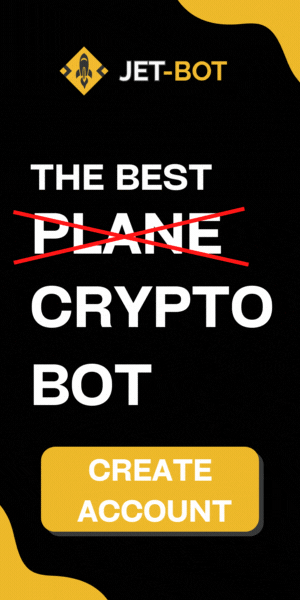If you're exploring cryptocurrency trading, you’ve likely come across grid trading bots—a tool designed to capitalize on market fluctuations with minimal effort. But what makes these bots such a powerful addition to a trader’s toolkit? Let’s dive into what grid trading is, how these bots operate, and why they’ve gained popularity among traders.
Breaking Down Grid Trading Bots
At their core, grid trading bots automate the process of buying and selling cryptocurrency within a predefined price range. The bot creates a “grid” of buy and sell orders around the current market price. When prices fluctuate, the bot executes trades according to these orders, aiming to lock in small, consistent profits with every price swing.
Here’s an example to illustrate this concept:
Example of Grid Trading
Imagine Bitcoin is trading at $20,000. You configure a grid trading bot to place buy orders every $500 below $20,000 (e.g., $19,500, $19,000, $18,500) and sell orders every $500 above (e.g., $20,500, $21,000, $21,500).
- If Bitcoin drops to $19,500, the bot buys one unit.
- When Bitcoin rises back to $20,500, the bot sells it, locking in a $1,000 profit (excluding fees).
By repeating this process, the bot capitalizes on Bitcoin's natural volatility without requiring manual intervention.
Why Grid Trading Bots Are Popular


1. Automation and Convenience
One of the greatest advantages of grid trading bots is their ability to run 24/7. Traders don’t need to constantly monitor the market or manually execute trades. This makes them especially appealing to those balancing trading with other responsibilities.
2. Profit from Volatility
Cryptocurrency markets are known for their price swings. Unlike traditional investment strategies that rely on long-term trends, grid trading thrives in volatile conditions. Whether prices rise or fall, the bot continuously works to secure profits.
3. Customizable Strategies
Most bots allow traders to define the grid parameters, such as price range, grid spacing, and trade size. This flexibility ensures the bot aligns with individual trading goals and risk tolerance.
Key Considerations Before Using a Grid Trading Bot
While grid trading bots offer compelling advantages, success depends on setting them up correctly. Here’s what to keep in mind:
1. Choose the Right Bot
Ensure the bot is compatible with your preferred cryptocurrency exchange and offers robust features like backtesting, risk management tools, and performance tracking. Popular bots include Pionex, KuCoin Trading Bot, and Bitsgap.
2. Sufficient Capital
The size of your grid and the volatility of the asset determine how much capital you'll need. For instance, a tighter grid with frequent trades requires more funds to execute all orders effectively.
3. Start with a Demo
Most reputable grid trading bots offer demo accounts or trial versions. Use these to fine-tune your strategy and understand the bot's behavior without risking real money.
.
Strategies to Maximize Success
1. Volatility Selection
Grid trading works best in markets with frequent price fluctuations. Stablecoins like USDT are less suitable, whereas assets like Bitcoin, Ethereum, or meme coins often provide better opportunities.
2. Monitor Performance
Although grid trading bots automate trades, they aren’t entirely “set it and forget it.” Regularly check performance metrics to ensure your bot is operating as expected. Adjust grid parameters if market conditions change significantly.
3. Diversify Grids
Instead of relying on a single bot or asset, consider setting up multiple grids across different cryptocurrencies or market conditions. This spreads risk and enhances potential returns.
Potential Downsides of Grid Trading Bots
While the benefits are enticing, grid trading bots are not without risks:
- Market Trends: In a strong bullish or bearish market, grid trading may underperform as the bot focuses on small fluctuations rather than larger trends.
- Transaction Fees: Frequent trades can lead to high cumulative fees, especially on exchanges with costly trading structures.
- Capital Requirement: A large price swing outside your grid range can leave buy or sell orders unexecuted, tying up capital.
Advanced Use Case: Combining Grid Trading with Other Strategies
Grid trading bots can also be part of a larger strategy. For instance, some traders use them to accumulate assets during market dips. By setting a grid with buy orders only, the bot builds a long-term position at lower average prices while waiting for future growth.
Getting Started: Top Grid Trading Bots to Try
If you’re ready to explore grid trading, here are six popular bots to consider:
- Pionex: Offers built-in grid trading bots with no extra fees.
- KuCoin Trading Bot: Ideal for beginners, with easy setup and great tutorials.
- Bitsgap: Known for its advanced features and wide exchange compatibility.
- Binance Grid Trading: A built-in feature of the Binance exchange.
- TradeSanta: Allows for highly customizable strategies.
- 3Commas: Offers advanced bot features for experienced traders.
Many of these bots offer free trials, making it easy to experiment without a financial commitment.







